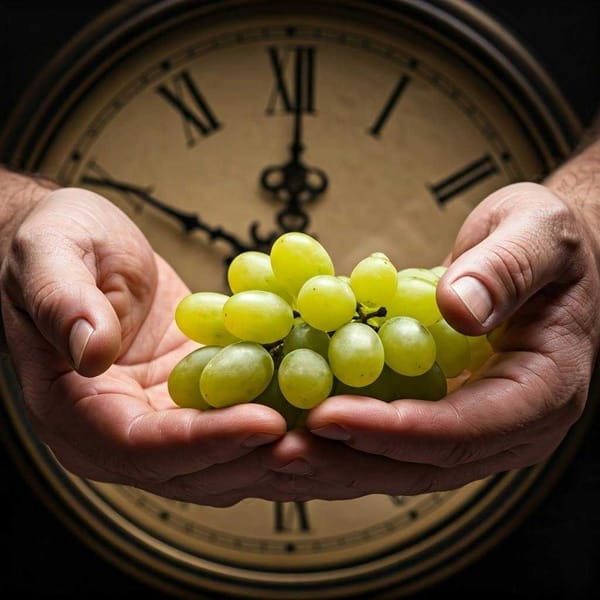How Amaranth Nourishes Mexico City's Heritage
In Mexico City, amaranth is more than a grain; it's a tradition passed through generations. Farmers like Luis Rey transform it into diverse products, from traditional sweets (alegrías) to flour for various foods and even non-edible uses.

Let me tell you about amaranth. Not the trendy, vaguely virtuous grain you might sprinkle on your artisanal avocado toast (though it wouldn’t be wrong to do so, I suppose). No, this is about real amaranth. The kind that tastes of history, of family, of the very soil of Mexico City. The kind that, in the hands of people like Luis Rey Saldaña Xolalpa, becomes something close to magic.
I met Luis Rey in Santiago Tulyehualco, Xochimilco, a place where the air hums with the low thrum of tradition. He’s been working with amaranth since he was a boy, practically growing up alongside the plant itself. It’s in his blood, this connection to the land, passed down through generations like a treasured family recipe. And it’s not just about growing it; it’s about knowing it, understanding its nuances, its potential.
Because amaranth, you see, is not just a grain. It’s a chameleon. It’s a story told in a thousand different ways. Luis Rey takes those tiny, nutty seeds and transforms them into alegrías, those delightful Mexican sweets that burst with flavor. He roasts them just so, coaxing out their earthy notes, creating a taste that’s both comforting and utterly unique. You bite into one, and you’re not just eating a sweet; you’re tasting the sun, the rain, the very heart of Xochimilco.
But that’s just the beginning. Amaranth, this unassuming “pseudocereal” as the experts call it (because, technically, it’s a seed, not a grain, but who’s counting?), is a culinary powerhouse.1 Grind it into flour, and suddenly you have the building blocks for everything from breads and cakes to tortillas and even pasta. Imagine: amaranth pasta! It’s enough to make a food writer weep with joy. And it doesn’t stop there. They use it in cosmetics, even animal feed. This plant is a veritable Swiss Army knife of sustenance.
And the nutritional profile? Forget your quinoa and your chia seeds. Amaranth is packed with lysine, iron, protein, calcium, phosphorus, potassium, zinc, vitamins B and E, and fiber. It’s a nutritional powerhouse, a tiny seed bursting with goodness. It’s the kind of thing your grandmother would have sworn by, and science is finally catching up.
According to the Agro-Food Panorama 2023, Mexico City ranks fourth in national amaranth production, with 132 tons. And much of that comes from places like Santiago Tulyehualco, where Luis Rey works, and nearby communities in Tláhuac and Milpa Alta. These are the keepers of the flame, the guardians of this ancient tradition.
But it’s not just about the past. It’s about the future. Luis Rey, along with other amaranth producers, is calling for us to support local products, to keep these traditions alive, to create jobs and strengthen communities. He’s not just selling amaranth; he’s selling a piece of his heritage, a piece of Mexico City’s soul.
And in a world of mass-produced, flavorless food, that’s something truly precious. So next time you see amaranth, don’t just think of it as another trendy ingredient. Think of Luis Rey, think of the generations of farmers who have nurtured this plant, think of the rich history it represents. Think of the taste of those alegrías, the earthy, nutty flavor that tells a story of sun and soil and tradition. And then, do yourself a favor: take a bite. You might just taste the heart of Mexico.




